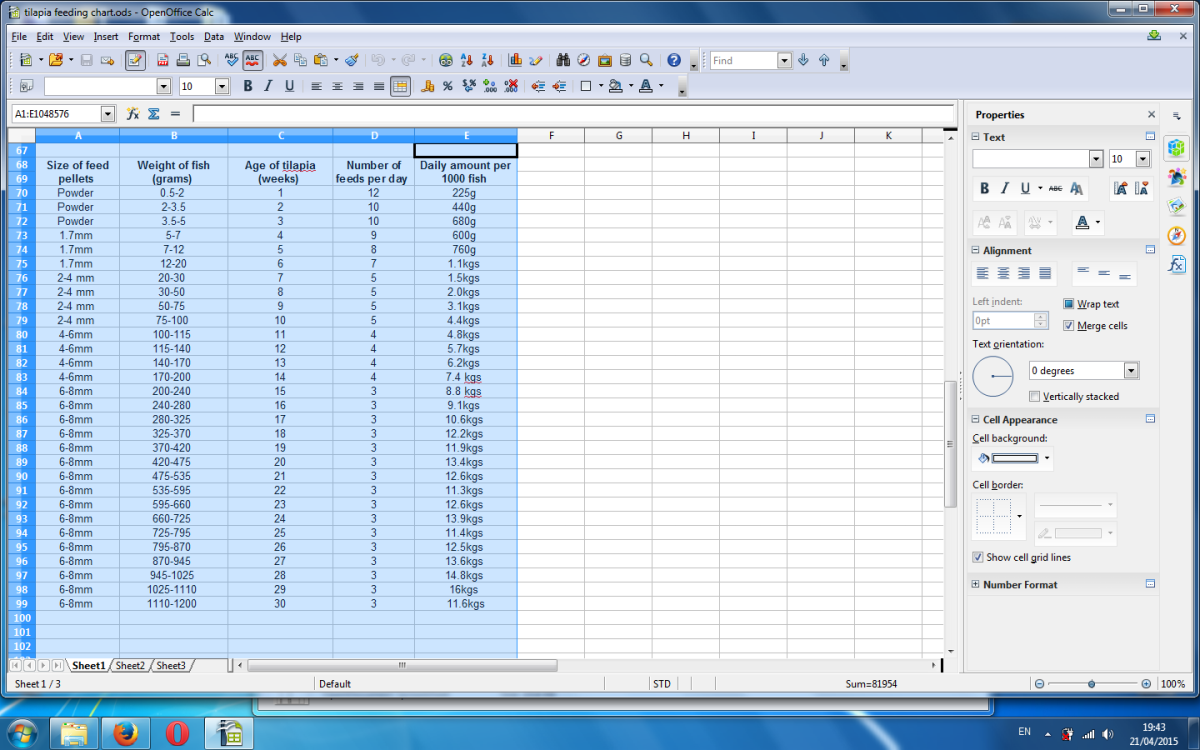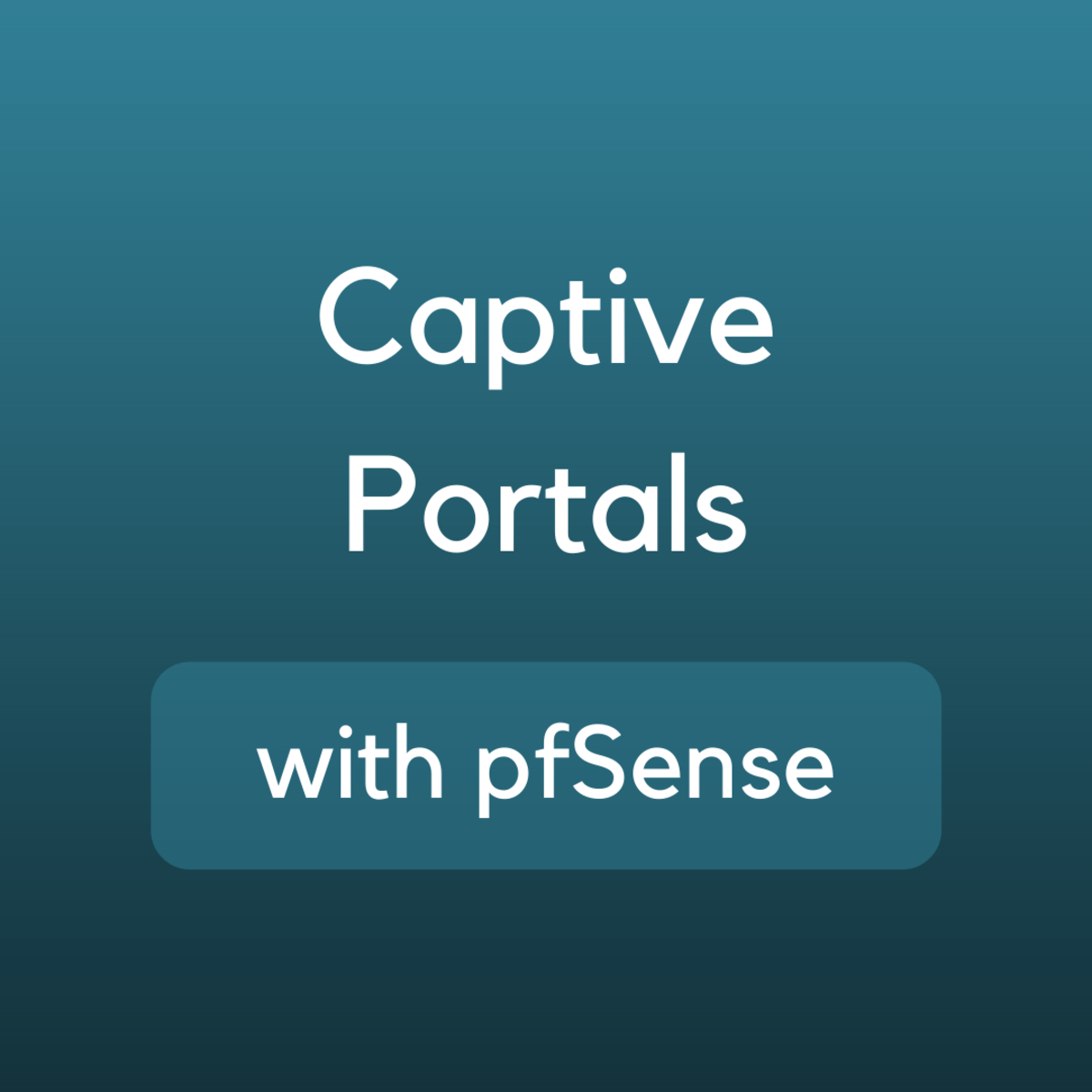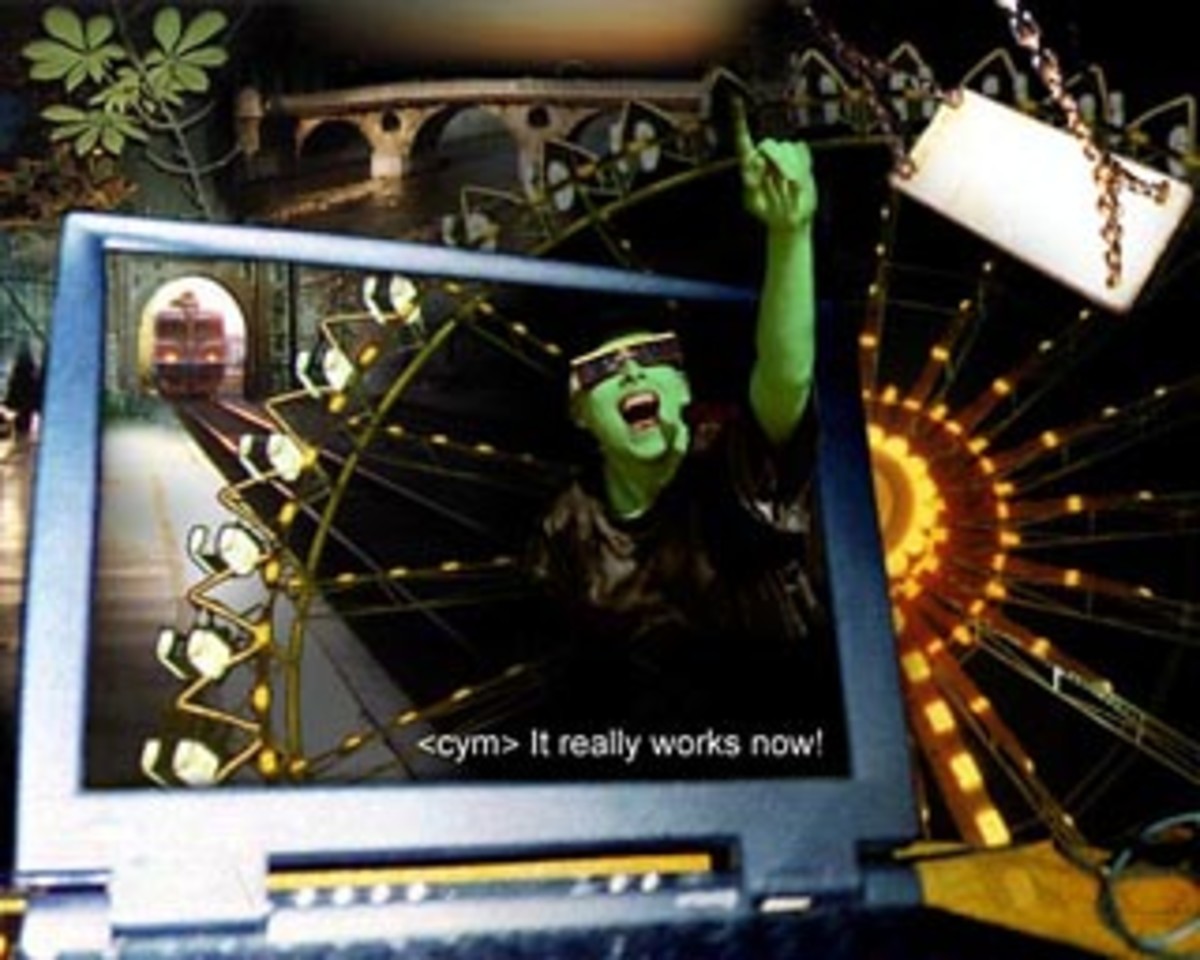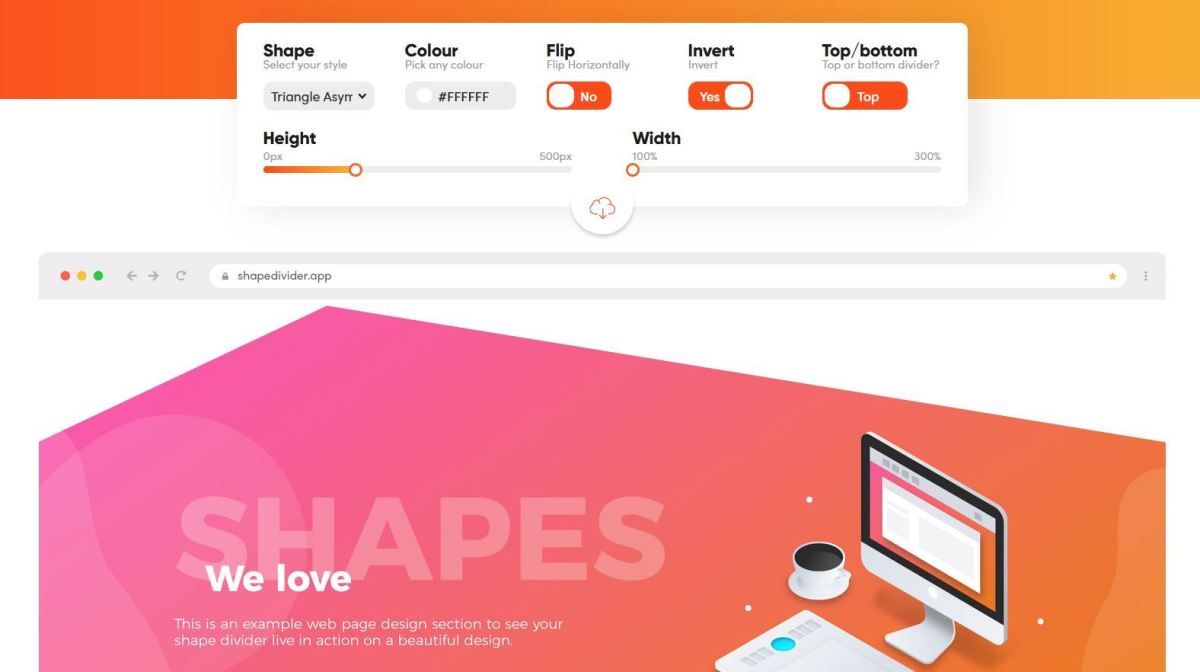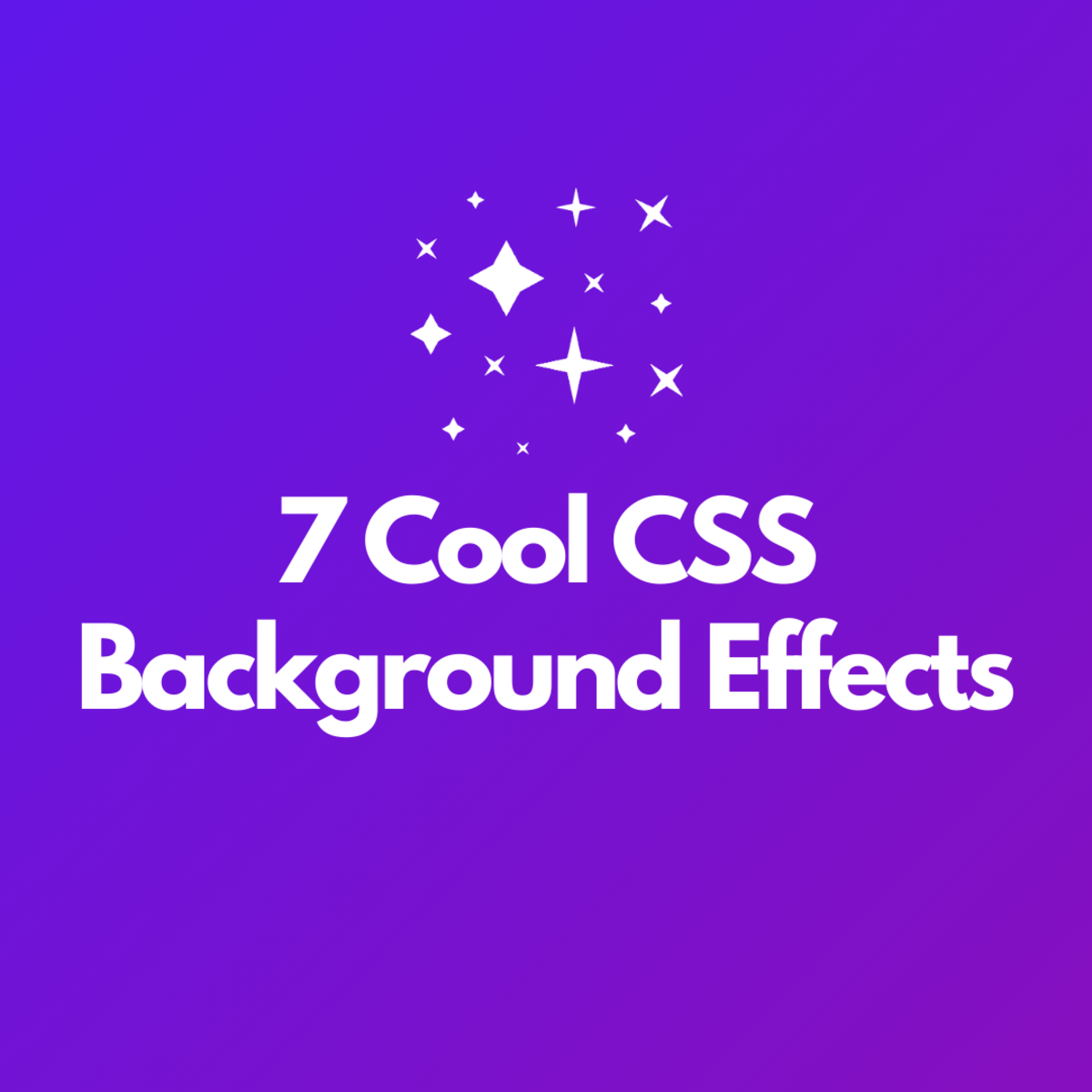Writing in HTML Code for Web Development
HTML - The Language of the Web
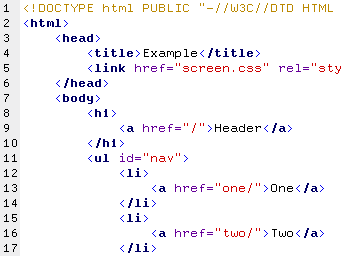
Understanding HTML
The acronym "HTML" has a tendency to be intimidating, especially for those outside of a professional web designers and computer engineers. In this short article I am going to help you understand what HTML is, how it works, and how you can begin writing code in HTML.
First, definitions: HTML stands for hypertext markup language. "Tags" are the pieces of HTML code that help define how something will look or act. For example: a "less-than angle bracket" followed by an "a" with a bunch of stuff in the middle and closed with a "less-than", "backslash", "a", and "greater-than bracket" is used to describe a section of hyperlinked text or image. Nearly all HTML tags have a start tag and an end tag which are used to open and close a section of code. Any tags that do not require a closing tag are known as "empty tags". Later in this article I will show links to a few different tags and how they can be used.HTML is basically a language that is used to describe how things will appear on a web page. Without HTML text can be typed and saved to a web page. While the text will appear, it will appear in plain text. This means that the letters and spaces will appear but there will be no formatting what so ever. No paragraphs, no line breaks, no special font, no change in font size, no color, etc...(you get the point). With HTML, a plain web page can be converted into a true piece of art. HTML is what communicates to web browsers. Web browsers read HTML and then display the page based on the instructions provided through the HTML code.
HTML Tags
If you are actually
planning on doing something big with HTML, I strongly recommend that you an
HTML editor. I will explain more about this in a minute. For now, an editor
allows you to format text and images as you normally would on a word
processor and then get the HTML code that corresponds with what you developed.
This way you do not have to write the entire page using code. However, so that
you understand how HTML works and in case you just need to make minor changes
in code, here are a few examples of some different HTML tags. Just click on the
link to see what the tags look like.
HTML tag for hyperlinked text
HTML tag for paragraph
HTML tag for an image
HTML tag for a line break
For more help with HTML
tags visit: http://www.w3schools.com/html/default.asp
Using an HTML Composer
HTML can allow you to create anything you
want. You can even create tables using HTML to format where you want certain
images or text to appear. As I mentioned earlier, the best way to do this is to
use an HTML editor. I personally recommend using Mozilla's SeaMonkey editor
which is available through the SeaMonkey browser and application suite. It does
not cost anything and it is very easy to use. Click here to
go to the download page for SeaMonkey. Downloading and installing SeaMoney is
simple and usually only takes a few minutes.
Once you have installed
and opened the SeaMonkey browser, look for the drop-down tab titled
"Window" near the top of the page. Click on the "Composer"
tab to open the composer. In the composer you can begin to create a file much
like you would if you were using a word processor. You can do a lot of things
using the composer such as add images, enhance text, insert links, and build
tables.
You will notice a set of
tabs located near the bottom of the page which read "Normal",
"HTML Tags", "Source" and "Preview". Once you have
completed your work (or if you would like to preview your work in HTML), click
the "Source" tab. All your work will be immediately converted into
HTML code. To revert back to your previous view, just click the
"Normal" tab and you will be back in "word processor" mode.
Using the source view you can use the new HTML code you have created by copying
and pasting the code where ever you need it. The SeaMonkey composer also has
some options for publishing which can be accessed by clicking the "Publish"
tab located near the top-center of the page. You can design a lot using this
technique and you don't have to have a bunch of HTML memorized or study HTML
guidebooks till your blue in the face. Using an HTML editor/composer can make a
daunting HTML project seem a whole lot easier and more enjoyable. You will be mastering HTML and web design
in no time!
Web Design and the Internet
Should you decide that you need some professional web design for your enterprise, I highly recommend that you visit www.willmusto.com. Will Musto provides excellent web development services at incredible prices.
If you enjoyed this article I recommend:



